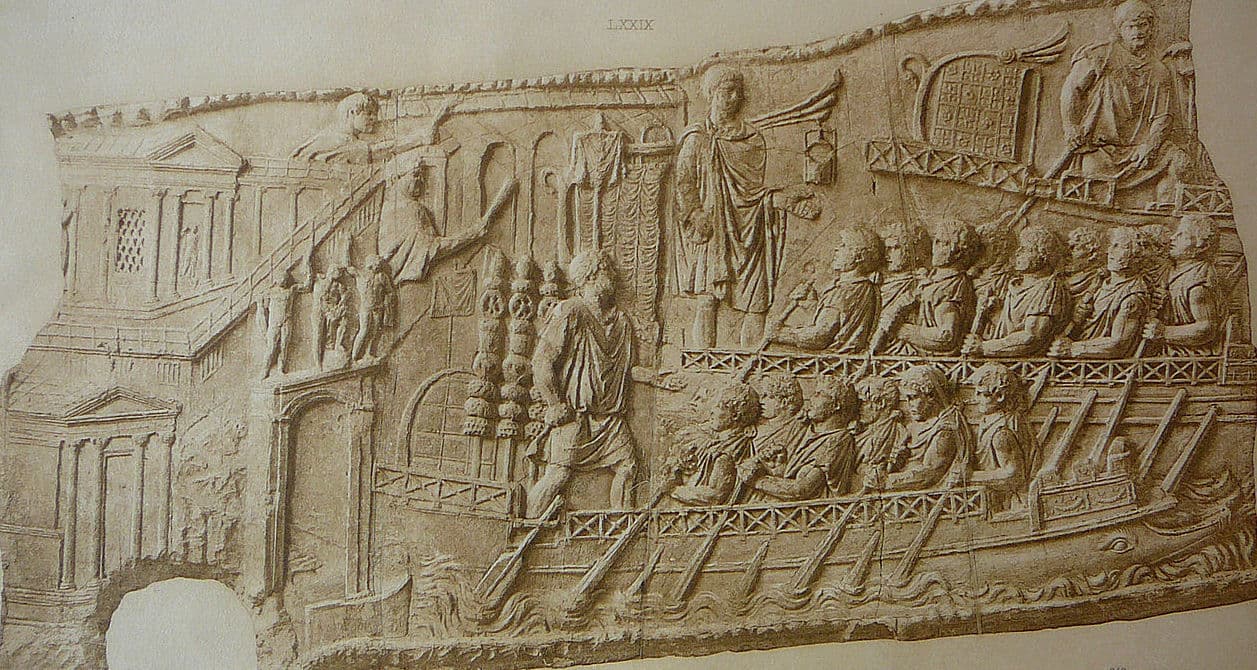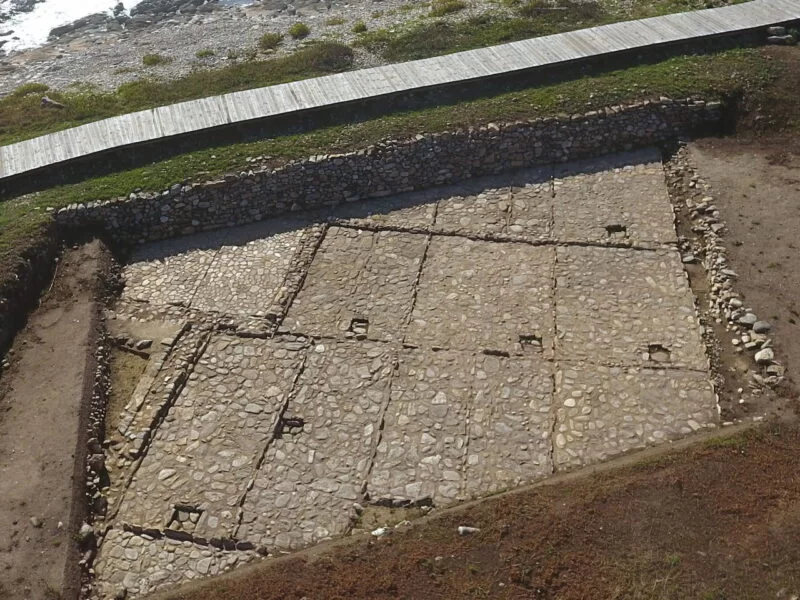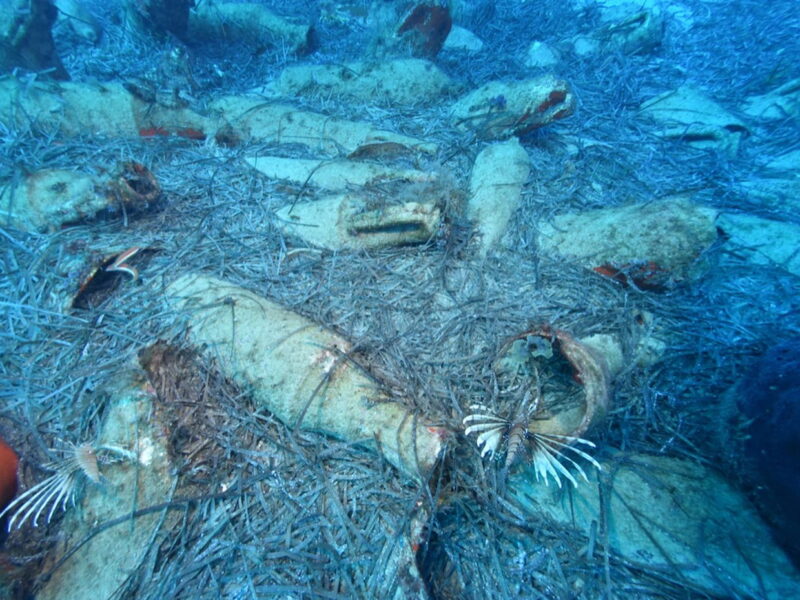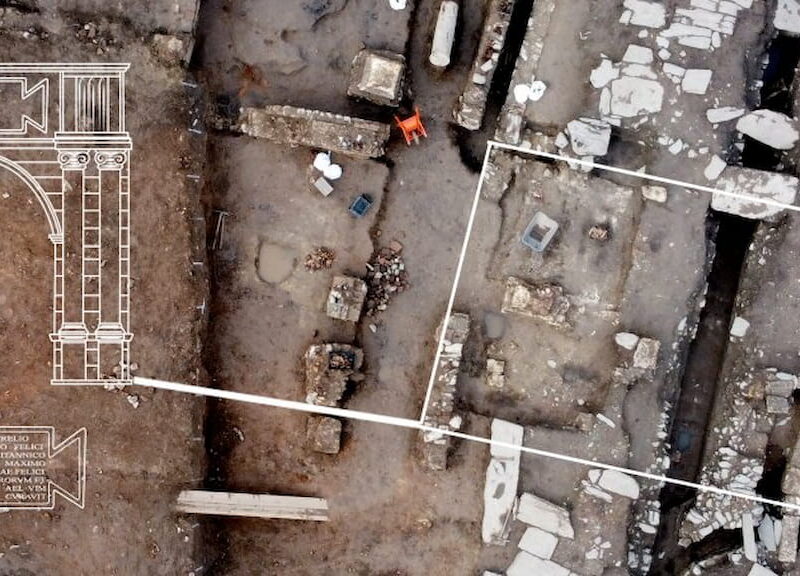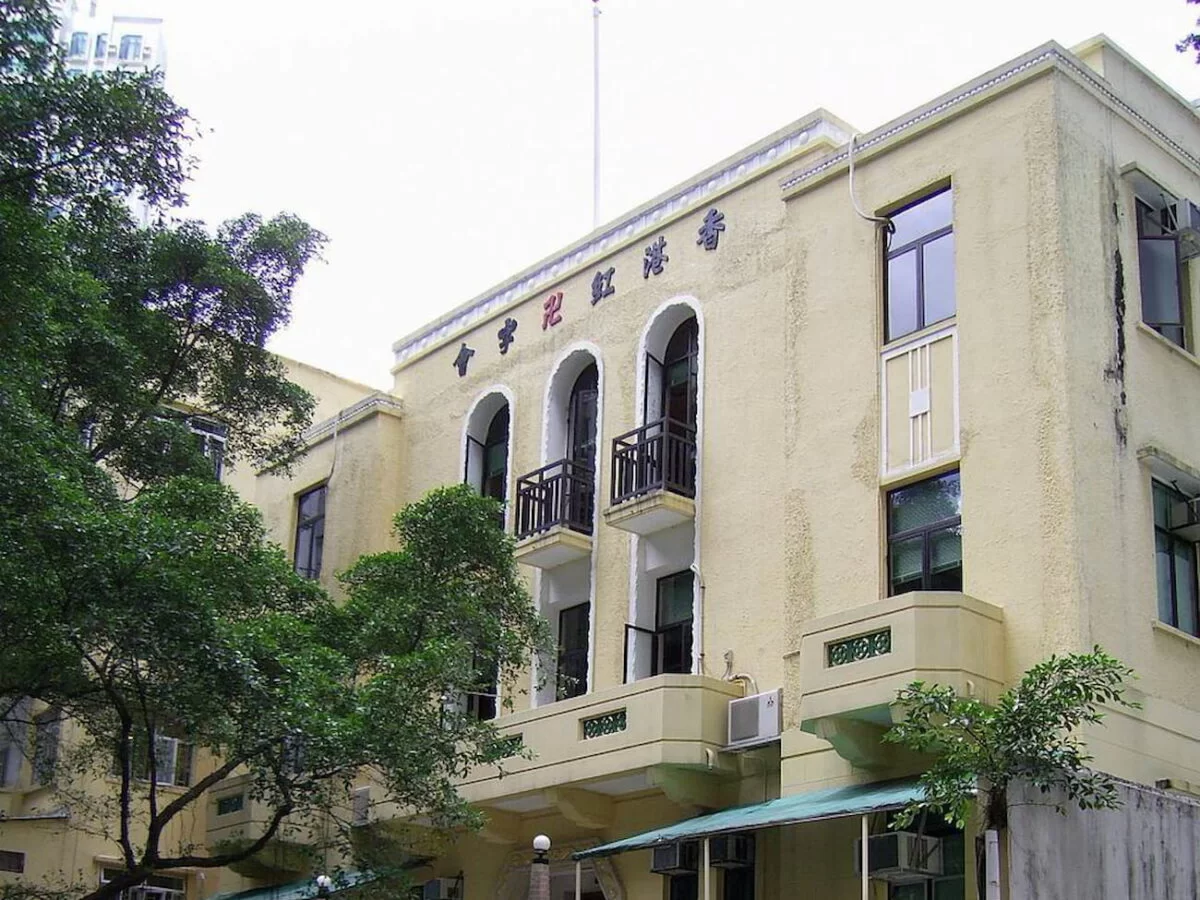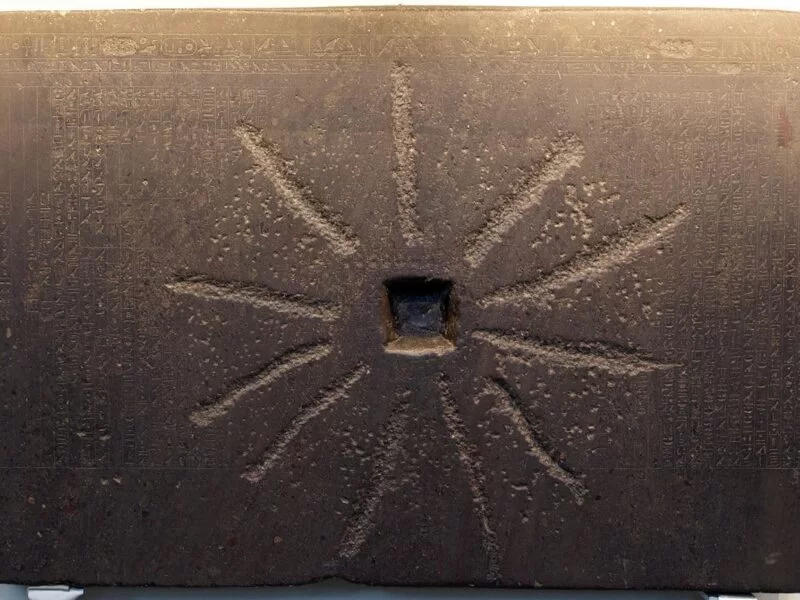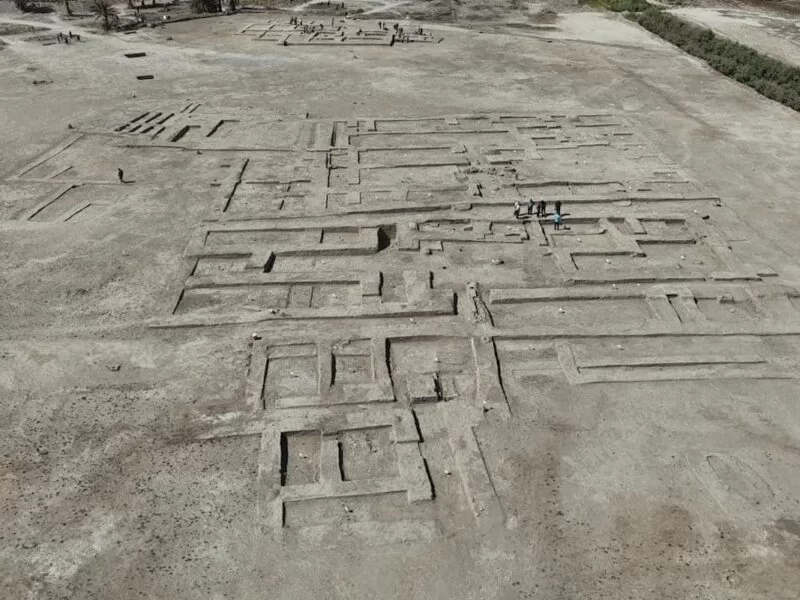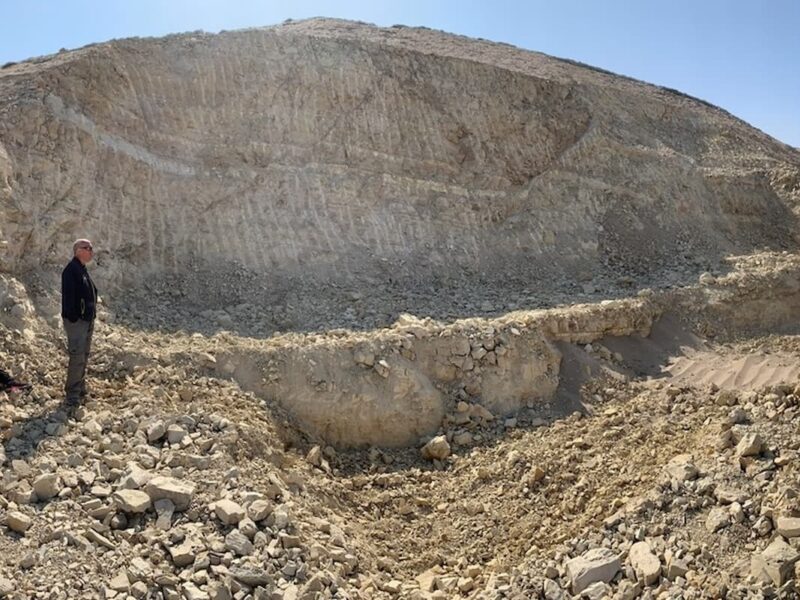A recent archaeological study reveals how sailors of the Roman Empire managed to feed themselves in the middle of the Mediterranean, facing long and dangerous voyages with ingenious onboard cooking techniques.
In a fascinating investigation published in the Journal of Maritime Archaeology, maritime history expert Herman J. van Vliet uncovers the mysteries of how Roman sailors prepared their food while at sea. The key question posed by his work is: how did they manage to cook on the high seas, and what foods were part of their diet during these long journeys?
During the height of the Roman Empire, ships became the main means of transporting goods and people across the Mediterranean. However, sailors faced a major challenge: staying well-fed on journeys that could last days or even weeks. According to the study, the logistics of food on ships evolved along with maritime trade. As ships became larger and more complex, so did the kitchens aboard.
One of the most interesting discoveries is that, contrary to what might be imagined, the Romans did not rely solely on cold or preserved foods. Van Vliet points out that through archaeological excavations of ancient shipwrecks, evidence of rudimentary kitchens on ships has been found. These kitchens, equipped with large cauldrons and primitive stoves, allowed sailors to prepare hot meals—a necessary luxury to endure the harsh conditions of life at sea.
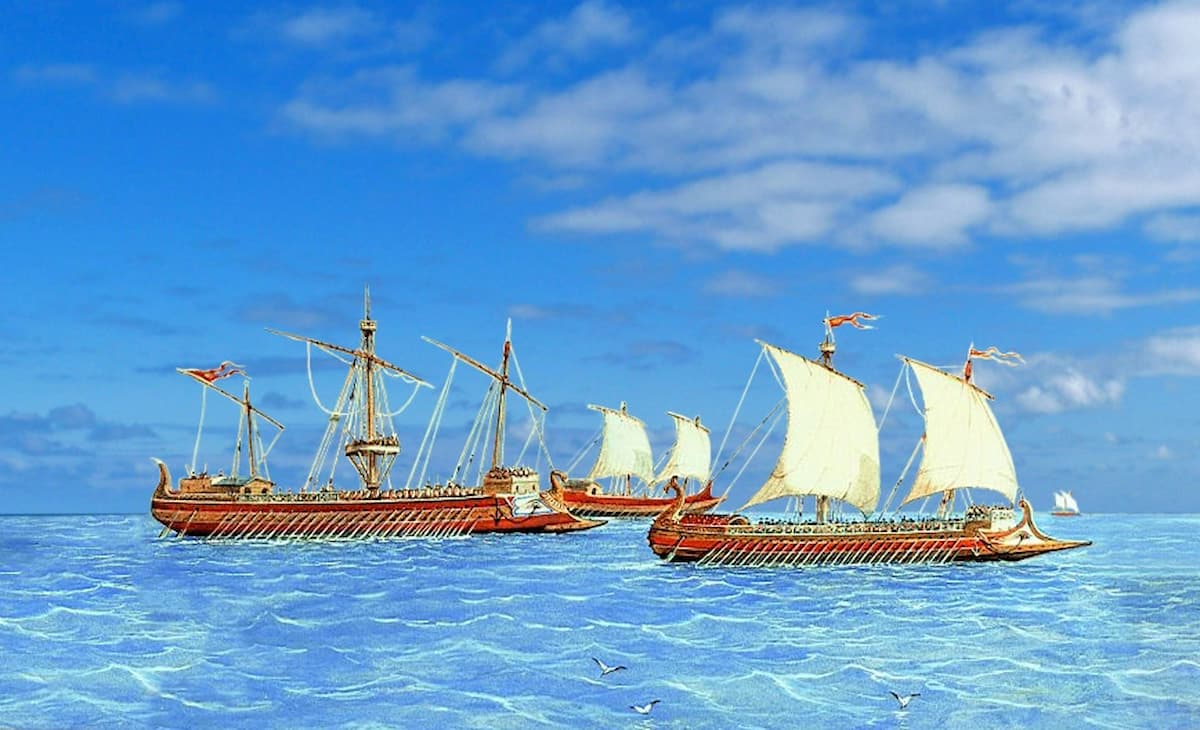
Bread was one of the staple foods aboard. It was barley bread, a food that could be preserved for long periods without spoiling. However, Roman sailors also relied on fishing to supplement their diet. According to Van Vliet, hooks and lead nets have been found in several shipwrecks, indicating that sailors fished during the journeys to ensure a fresh source of protein. But bad weather made this activity difficult, and during storms, they were forced to rely on their provisions of dried or preserved fish.
In addition to bread and fish, grains and legumes were essential in the sailors’ diet. These ingredients were used to make soups and porridges, providing a quick and easy source of calories. Remains of these foods, such as grains, olives, and nuts, have been found in various shipwrecks and Roman ports, confirming that they were part of the daily diet aboard.
One of the most interesting aspects of the study is the description of how cooking was done on board without compromising the ship’s safety. Van Vliet describes the use of braziers and charcoal stoves, which produced heat without open flames, helping to reduce the risk of fires on wooden vessels. Archaeologists have found tiles and bricks used in Roman shipwrecks to protect cooking areas, an essential measure to prevent accidents.
The study also reveals details about innovative cooking systems, such as a brazier with a water tank discovered off the coast of Israel, which controlled the temperature to prevent the lead in the brazier from melting—a type of technological innovation that shows the Romans’ ingenuity in adapting to the demands of long-term navigation.
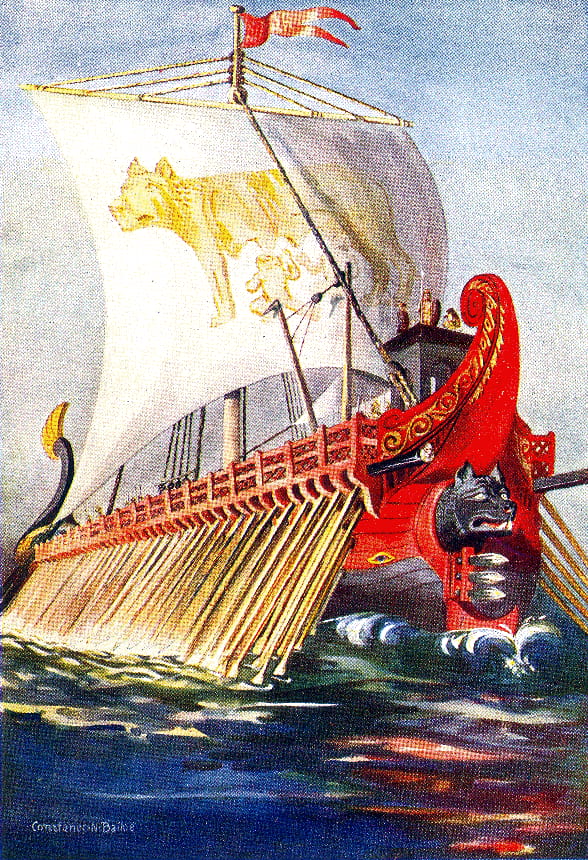
Van Vliet’s report emphasizes the importance of good nutrition for the morale and efficiency of the crew. Although free passengers were responsible for their own food, the feeding of slaves and soldiers aboard was the responsibility of the State, reflecting the importance of keeping all ship occupants well-fed to ensure survival and the success of missions.
As ships grew larger and crews more numerous, cooking tasks became specialized and were assigned to specific crew members.
Van Vliet’s study sheds light on the development of creative solutions for cooking at sea. In addition to portable braziers and fire protection systems, archaeologists have discovered remains of large ceramic cauldrons that withstood thermal shock, allowing food to be cooked in the midst of harsh maritime conditions.
Among the most important shipwrecks mentioned in the study is that of the Yassi Ada, where tiles, braziers, and large pots used for cooking were found. These findings confirm that onboard cooking was not only possible but widespread during Roman times.
The article concludes that what was cooked depended on the sailors’ habits and the regional availability of products. There were various solutions for reheating food. Preparing fish, porridge, and soups, bringing bread from the mainland, and consuming preserved foods could ensure that sailors did not starve. Still, some sources speak of prolonged involuntary fasts that left crews exhausted. The suffering of the Roman sailor was great, but without onboard cooking, it would have been much worse.
SOURCES
van Vliet, H.J. Preparing Food on Board in Roman Times. J Mari Arch (2024). doi.org/10.1007/s11457-024-09420-8
Discover more from LBV Magazine English Edition
Subscribe to get the latest posts sent to your email.

